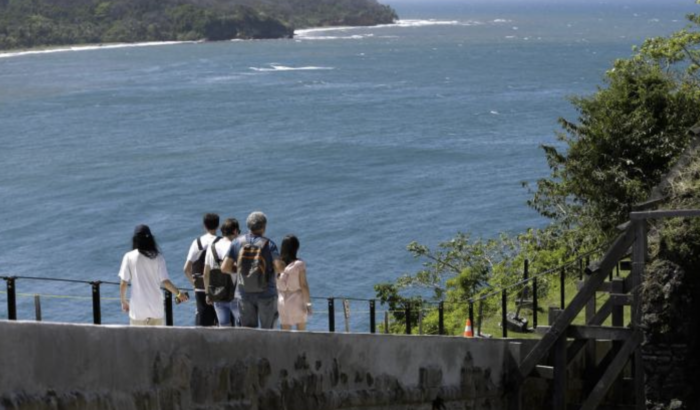Panama’s Colonial Transisthmian Route, which aspires to be a UNESCO World Heritage Site, has historical value not only for the Central American country and the Americas, but also for the world. For this reason, authorities are working on a long-term management plan that involves an inter-institutional team for its restoration and conservation.
“Part of the effort is that all this is understood as a system, that it is not a series of isolated sites but that they make up a system,” said Nilson Ariel Espino, who is in charge of preparing the Colonial Transisthmian Route management plan, in an interview with EFE.
He added that “the historical and patrimonial value of the route was developed as a system of sites, roads and routes, which were responsible for a very important chapter in the history not only of Panama and America, but of the world.”
The management plan for the route, which is to last 15 years and be managed by an inter-institutional team, is a set of actions for the restoration, conservation and adaptation of the historic sites of the Colonial Transisthmian Route, which is to be proposed for UNESCO World Heritage status.
The route is made up of the Archaeological Site of Panama Viejo and the Historic District of Panama (World Heritage since 1997), the Fortifications of the Caribbean Side of Panama: Portobelo and San Lorenzo (World Heritage since 1980 and on the list of World Heritage in Danger since 2012), and the colonial roads that link them: the Cruces Road and the Royal Road.
The institutions have already agreed on the document to create the management system and the process of collecting signatures from the representatives of the entities continues, Panama’s Ministry of Culture has said.

